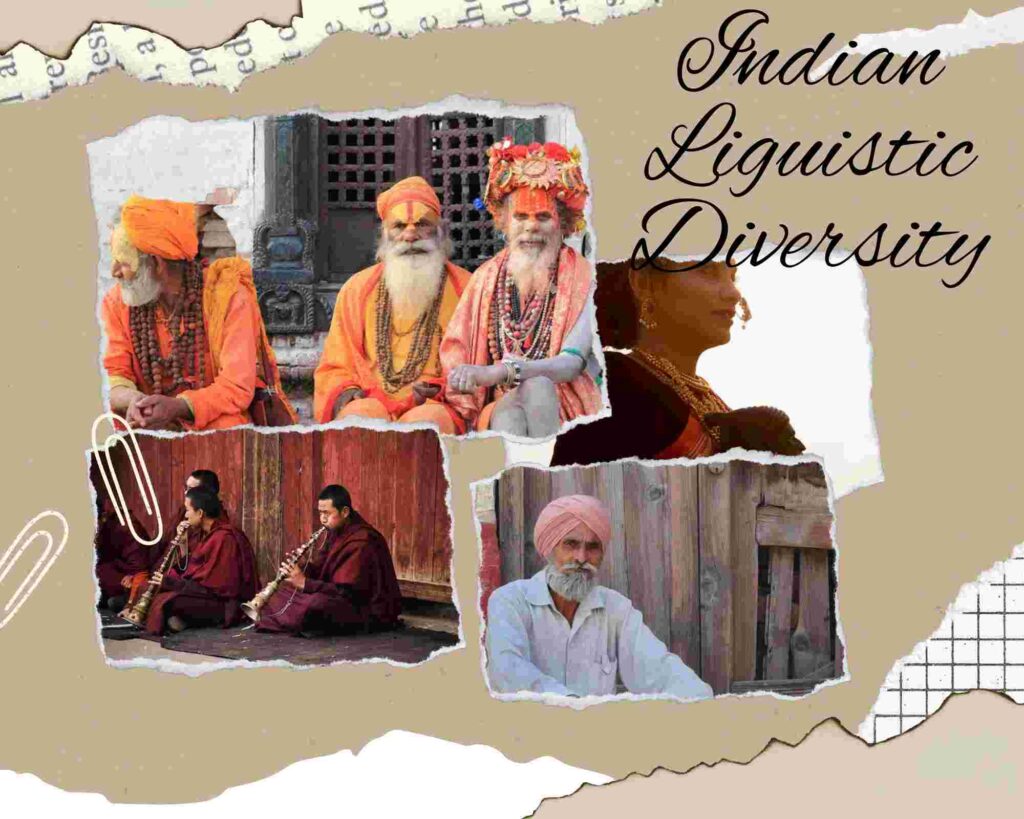
India, a land of vibrant culture, rich history, and diverse landscapes, is home to an astonishing array of languages. With over 120 major languages and 1500 dialects spoken across the vast subcontinent, India stands as a testament to the power of human communication and the adaptability of language. This linguistic diversity is a defining aspect of Indian identity, reflecting its complex history, cultural interactions, and regional variations.
A Multifaceted Linguistic Landscape
The linguistic landscape of India is shaped by four major language families: Indo-Aryan, Dravidian, Austroasiatic, and Sino-Tibetan. Indo-Aryan languages, spoken by over 70% of the population, include Hindi, Bengali, Marathi, Gujarati, and Punjabi. These languages descended from Sanskrit, the ancient language of Hindu scriptures. Dravidian languages, spoken by over 20% of the population, include Tamil, Telugu, Kannada, and Malayalam. These languages have their own unique origins and are not related to Indo-Aryan languages. Austroasiatic languages, such as Santali and Munda, are spoken by a smaller population, primarily in eastern and central India. Sino-Tibetan languages, including Nepali and Bodo, are spoken in the Himalayan regions.
Tracing the Roots through History
The linguistic diversity of India is deeply rooted in its history. The Indus Valley Civilization, which flourished around 3300-1300 BCE, is thought to have spoken a language that is unrelated to any of the major language families of India today. The arrival of Indo-Aryan speakers around 1500 BCE brought about a significant linguistic shift, as their language gradually spread throughout the subcontinent. Over time, Indo-Aryan languages evolved and diverged, giving rise to the diverse linguistic landscape we see today.
Cultural Interactions and Their Influence
India’s rich cultural history has also played a significant role in shaping its linguistic diversity. Trade, invasions, and cultural exchanges have brought people from different regions and language backgrounds into contact, leading to the adoption and adaptation of languages. For instance, the influence of Persian and Arabic is evident in many Indian languages, particularly Urdu, which developed as a result of cultural interactions between Hindus and Muslims.
The Cultural and Literary Significance
India’s linguistic diversity is a source of national pride and a reflection of its cultural heritage. It is also a key factor in India’s vibrant literary and artistic traditions. Each language has its own unique literature, poetry, and music, contributing to the richness of Indian culture.
The Challenges Posed by Diversity
Despite its significance, India’s linguistic diversity also presents challenges. The sheer number of languages makes communication and administration complex. The government has recognized Hindi as the official language, but English is also widely used in education and business. This linguistic duality can create disparities and disadvantages for those who do not speak these languages fluently.
Preserving India’s Rich Linguistic Heritage
In recent years, there has been a growing awareness of the need to preserve India’s linguistic heritage. The government has initiated programs to promote the use of minority languages and support linguistic research. There is also a growing movement among communities to revitalize their native languages and pass them on to future generations.
India’s linguistic diversity is a remarkable feature of its cultural identity. It is a testament to the country’s rich history, cultural interactions, and regional variations. While linguistic diversity presents challenges, it is also a source of strength and pride for India. Preserving this linguistic heritage is essential for maintaining the cultural vibrancy and diversity that make India unique.
